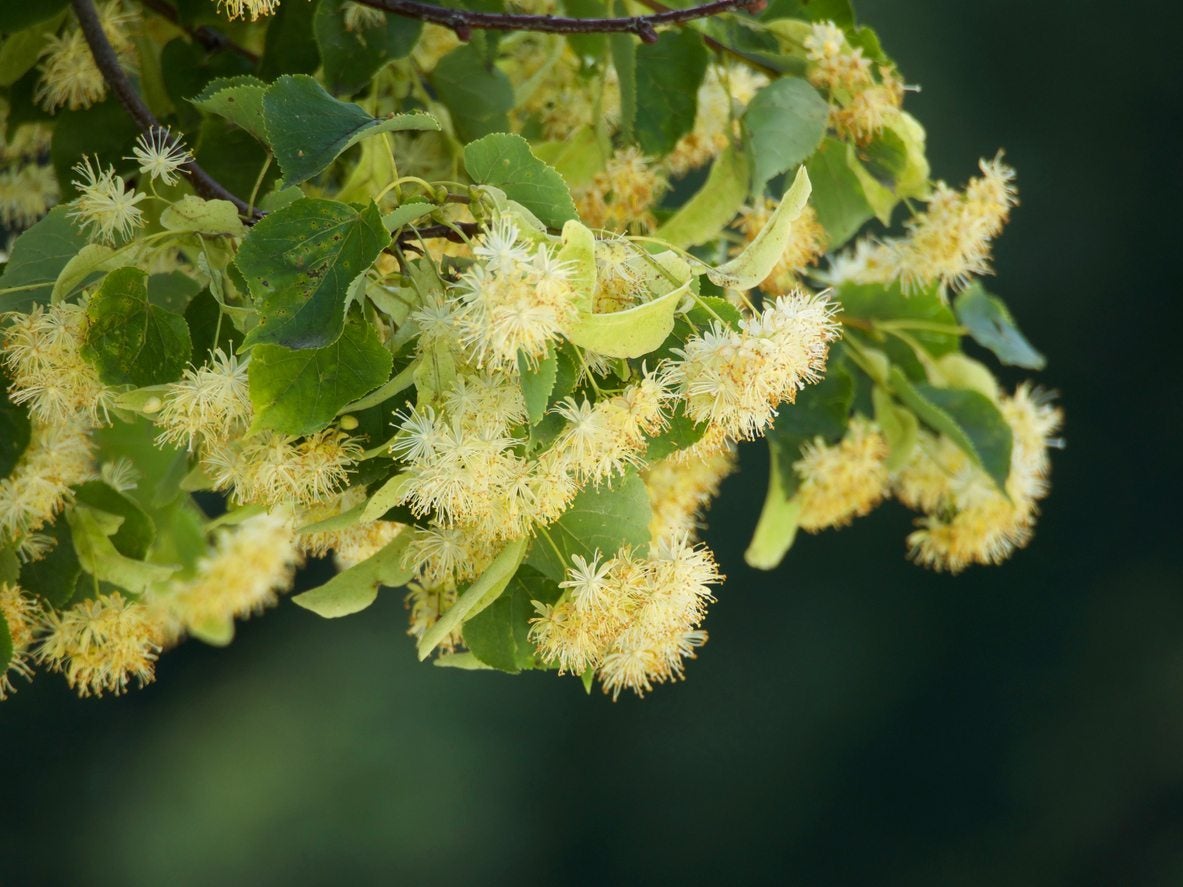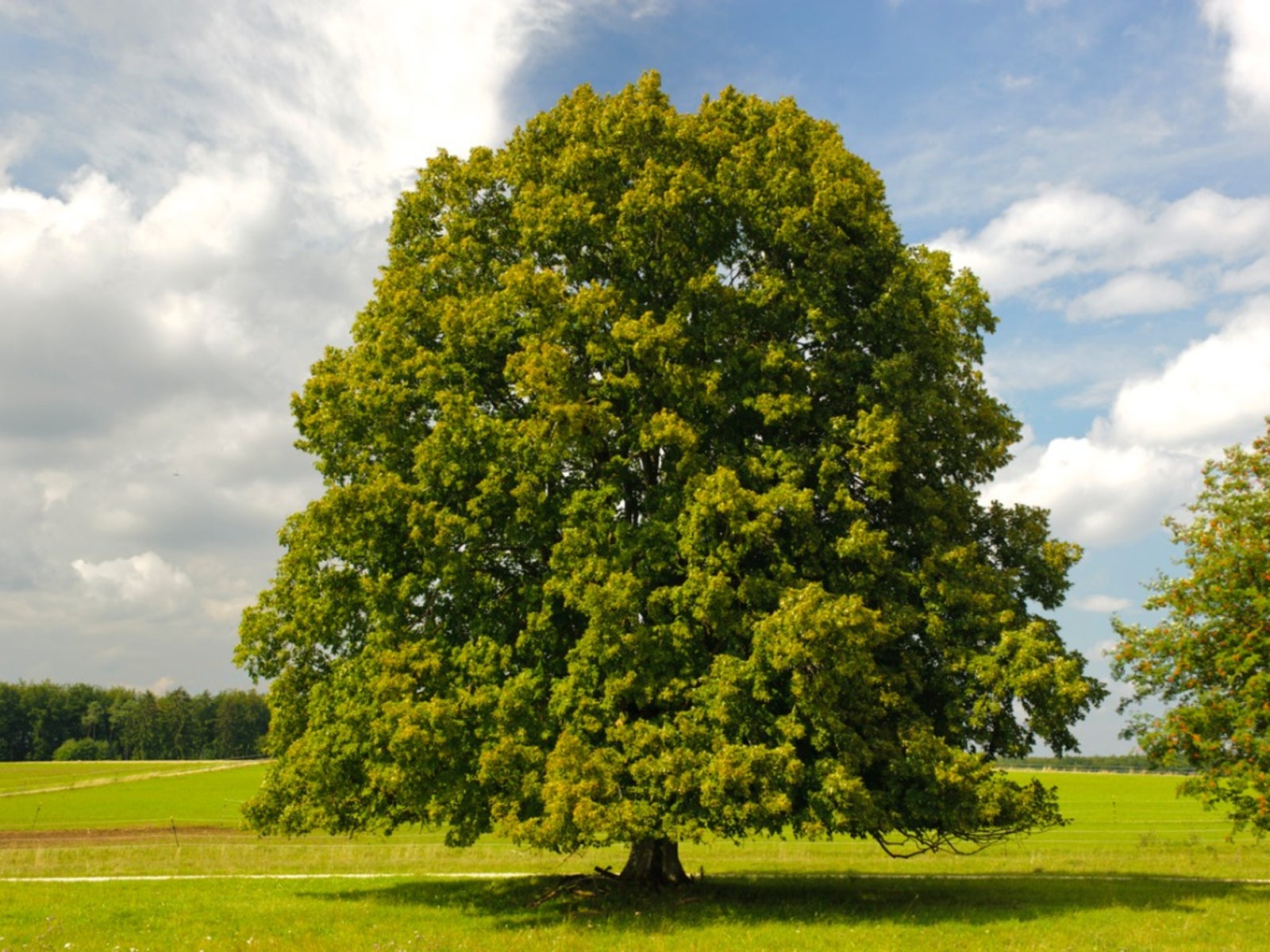Diseases Of Linden Trees – How To Recognize A Sick Linden Tree


American linden trees (Tilia americana) are loved by homeowners for their lovely shape, deep foliage, and beautiful fragrance. A deciduous tree, it thrives in U.S. Department of Agriculture plant hardiness zones 3 through 8. Unfortunately, this attractive tree is susceptible to multiple diseases. Some of the linden tree diseases can impact a tree's appearance or vigor. For a rundown of the diseases of linden trees and other linden tree problems, read on.
Leaf Spot Linden Tree Problems
Leaf spots are common diseases of linden trees. You can recognize these linden tree diseases by circular or splotchy spots on the leaves. They grow larger and merge over time. These leaves fall prematurely. Leaf spot diseases of linden trees can be caused by many different fungi. These include an anthracnose fungus and the leaf spot fungus Cercospora microsera. Sick linden trees weaken because photosynthesis is interrupted. In order to deal with leaf spot, prune out infected twigs when the trees are dormant. Also, rake up fallen leaves and destroy them.
Verticillium Wilt on Lindens
If you have a sick linden tree, your tree might have verticillium wilt, which is one of the most common linden tree diseases. This is also a fungal disease that starts in the soil. It enters the tree through root wounds. The fungus enters the tree’s xylem, infects the branches, and spreads to the leaves. The symptoms of a sick linden tree with this disease include leaves dropping prematurely. Unfortunately, treatment of this disease is nearly impossible.
Canker Linden Tree Problems
If you see sunken areas of dead tissue on your linden tree trunk or branches, it may have another of the most common linden tree problems – canker. The dead spots are usually caused by fungi. If your sick linden tree has cankers, prune off the affected branches as soon as you notice the damage. Prune well below the bottom of each canker into healthy tissue. If cankers appear on a tree's trunk, it is not possible to eliminate the canker. Give the tree top care in order to prolong its life.
Other Diseases of Linden Trees
Powdery mildew is another common issue with lindens, and easily recognizable by the white powdery substance that covers leaves and even shoots. New growth can be distorted. The best thing to do is to plant the tree where it gets lots of sunlight and the air can circulate. Don’t give the tree a lot of nitrogen either.
Gardening tips, videos, info and more delivered right to your inbox!
Sign up for the Gardening Know How newsletter today and receive a free copy of our e-book "How to Grow Delicious Tomatoes".

Teo Spengler is a master gardener and a docent at the San Francisco Botanical Garden, where she hosts public tours. She has studied horticulture and written about nature, trees, plants, and gardening for more than two decades. Her extended family includes some 30 houseplants and hundreds of outdoor plants, including 250 trees, which are her main passion. Spengler currently splits her life between San Francisco and the French Basque Country, though she was raised in Alaska, giving her experience of gardening in a range of climates.
-
 Create A Romantic Garden Straight Out Of Bridgerton: Regency Era Romance In Your Garden
Create A Romantic Garden Straight Out Of Bridgerton: Regency Era Romance In Your GardenTry some romantic garden ideas straight out of Bridgerton. Flowers and gardens in the Regency era were lush and charming and you can get the same look!
By Bonnie L. Grant
-
 Moody Blooms For Spring: 8 Types Of Black Flowers To Add Drama To Spring Displays
Moody Blooms For Spring: 8 Types Of Black Flowers To Add Drama To Spring DisplaysFrom midnight burgundies to inky violets, several types of black flowers can enrich and embolden a spring display. Try these brooding bloomers for a moody garden
By Tonya Barnett
-
 Linden Borer Control – Linden Borer Information And Management
Linden Borer Control – Linden Borer Information And ManagementOnce you see linden borer damage, the subject rises quickly to the top of your priority list. Are you are at the stage when you need linden borer information? Click here for a description of the signs of linden borers in your garden and tips for linden borer control.
By Teo Spengler
-
 Linden Tree Info: How To Care For Linden Trees
Linden Tree Info: How To Care For Linden TreesIf you have a large landscape with plenty of room for a medium-to-large tree to spread its branches, consider growing a linden tree. Growing linden trees is easy with help from this article.
By Jackie Carroll